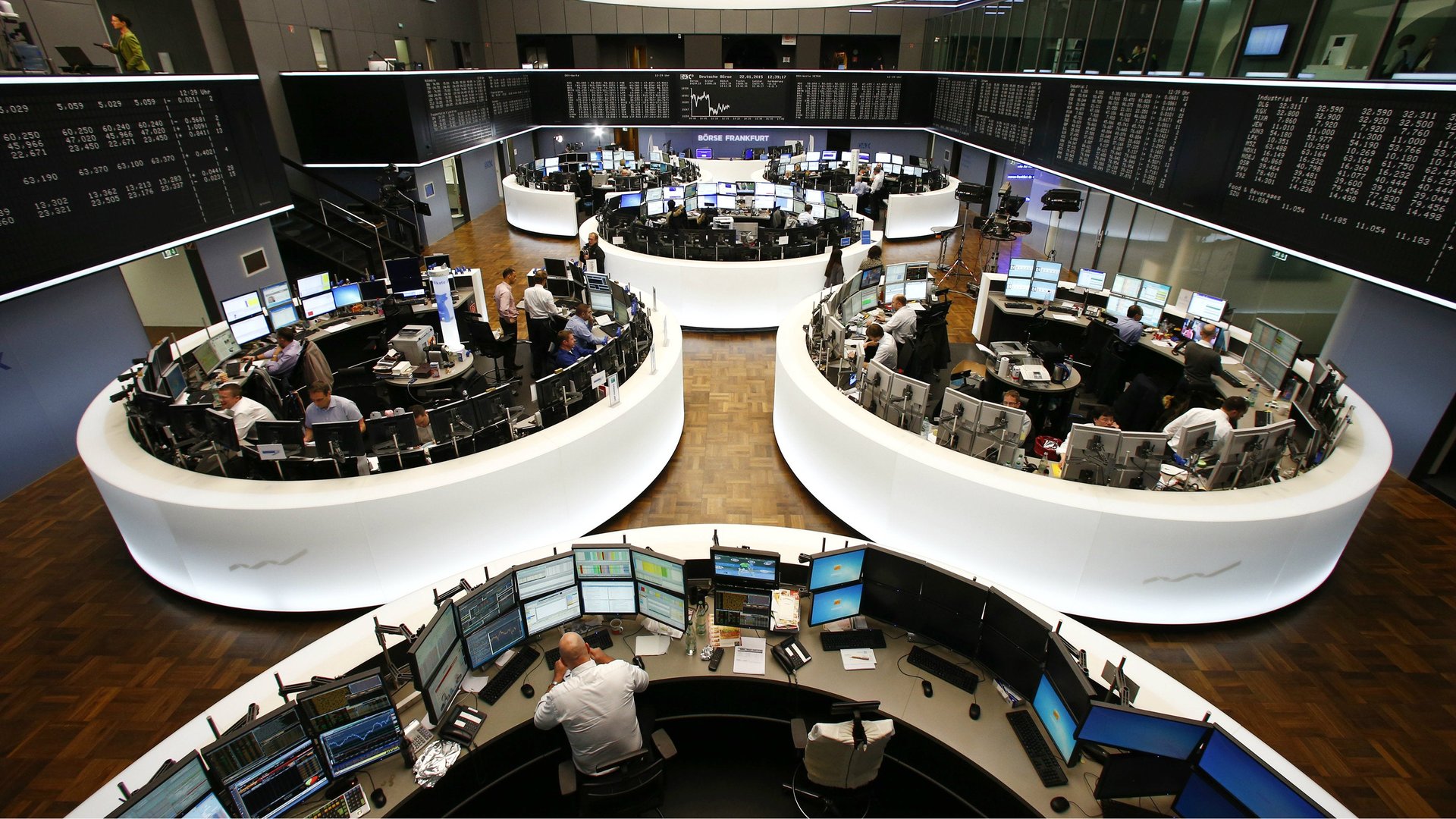A big Dutch bank’s fancy new AI system is here to help human traders—for now
Bond traders have had a rough time recently, as their ranks have thinned since the financial crisis due to stricter regulations and the decline in manually intensive voice trading. They now face their toughest challenge yet, with AI-enabled automation threatening jobs across the industry.


Bond traders have had a rough time recently, as their ranks have thinned since the financial crisis due to stricter regulations and the decline in manually intensive voice trading. They now face their toughest challenge yet, with AI-enabled automation threatening jobs across the industry.
Goldman Sachs recently reported three consecutive quarters of decline in revenue at its bond-trading division. Overall, the number of fixed-income traders on banks’ desks last year fell by 7%, to 17,500, double the rate of cuts from the previous year, according to Coalition. Things are picking up a bit this year, but few expect a return to the heady days when bond traders were known as the “Masters of the Universe.”
ING, a major Dutch bank, is going against the grain and pledging to grow its market share in bond trading. But before traders prep their résumés, it’s unlikely that ING will hire that many people as part of the effort. Recall that last year ING said it would cut 5,800 jobs and change the jobs of an additional 1,200 employees as part of a $2-billion restructuring plan. Almost half of the money would go towards technology upgrades, the bank said at the time.
Today, ING unveiled a new artificial intelligence bond-trading tool, called “Katana.” The system will be rolled out across the bank in 2018, promising to cut costs and speed up transactions. Santiago Braje, the global head of credit trading at ING’s wholesale bank, said Katana will help the bank do more with the same number of people.
Electronic-trading platforms allow clients to request quotes for bond prices from lots of banks at once, increasing the competition banks face to win these trades, which also reduces the time traders can spend on research and working directly with clients. This is where Katana comes in. It’s a web-based application that forecasts what prices could win a trade, while also providing traders with more information on recent price trends and other relevant external data.
The system is currently being used by the bank’s emerging market bond-trading desk in London, which has recorded a 25% reduction in trading costs by increasing the accuracy of prices and making faster decisions on 90% of trades.
Like all machine learning applications, one of the biggest challenges is deciding what data to feed the AI, and figuring out how the system subsequently makes its own decisions. Katana is learning from a database of historical trades that goes back about five years. The challenge for bond markets—which are less automated than equity and currency trading—is that some areas of fixed income are very erratic and illiquid. This makes it harder to automate decision-making, and so an AI platform needs to take into account other information from other market indicators and asset classes. ING have said they are trying to feed in as much data as possible and then judging what is the most relevant for making effective predictions.
Several other banks are also trying to boosting bond trading using machines instead of people. Goldman Sachs is using an algorithmic trading program (paywall) to price an increasing number of corporate bonds. JPMorgan has deployed a machine learning program called MSX to give traders a better handle on the fixed-income market.
At ING, AI is seen as an assistant for traders, rather than a threat to do their job for them. This fits with the thinking that automation will likely change the jobs we do rather than make humans redundant entirely. Katana was created within an advanced analytics team of about 35 people who are mostly engineers, data scientists, and the like. In the next few years, ING plans to increase this team to about 300 people, so at least some people are getting hired as a result of the bank’s shift in strategy.